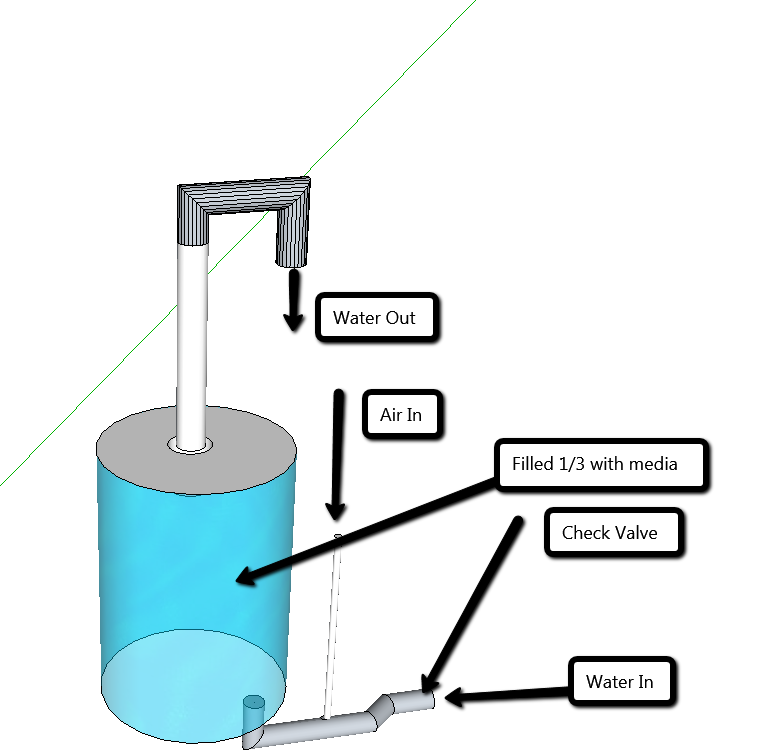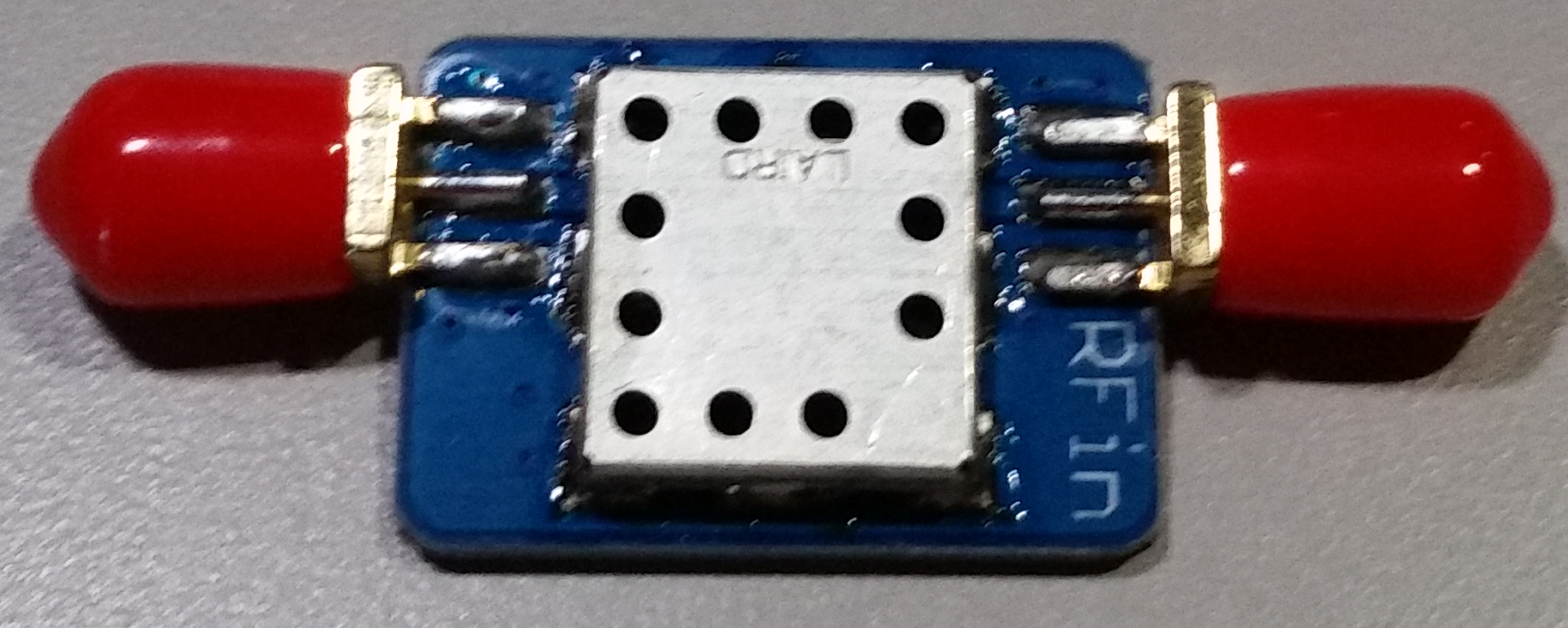
10 Types of Koi Pond Filters You Should Know About
If you have a koi pond, it’s essential to invest in a good filtration system to maintain water quality and the health of your fish. With the different types of koi pond filters available in the market, it might be challenging to find the most suitable one for your needs. In this article, we’ll discuss ten different types of koi pond filters to help you make an informed decision.
1. Mechanical Filters
Mechanical filters are designed to remove large particles and debris from the water. It uses a filter pad or cartridge that traps dirt, algae, leaves, and other debris that can cloud the water. Mechanical filters can be installed as a standalone filter or as part of a larger filtration system.
2. Biological Filters
Biological filters use beneficial bacteria to break down organic waste products, such as ammonia and nitrites. These types of koi pond filters are essential for maintaining a healthy environment for your fish. Biological filters can be installed as stand-alone filters or as part of larger filtration systems.

3. UV Filters
UV filters use ultraviolet light to kill harmful microorganisms and bacteria that can harm your fish. These types of filters are particularly useful during the summer months when algae and bacteria growth is at its peak. UV filters can be installed as a standalone filter or as part of a larger filtration system.

4. Bead Filters
Bead filters are a type of mechanical filter that uses plastic beads to trap debris and other particles. The beads are designed to provide an aerobic environment for beneficial bacteria to thrive. Bead filters are ideal for larger ponds and can be installed as standalone filters or as part of a larger filtration system.

5. Pressure Filters
Pressure filters are a type of biological filter that works by forcing water through a filter media, such as foam or bio-balls. The filter media provides a surface for beneficial bacteria to grow, which helps break down organic waste products. Pressure filters are ideal for smaller ponds and can be installed as a standalone filter or as part of a larger filtration system.

6. Gravity Filters
Gravity filters are designed to remove debris and other particles from water using a filter media. Water is fed into the filter via gravity flow, which allows for larger and denser materials to be trapped. Gravity filters can be installed as standalone filters or as part of a larger filtration system.
7. Fluidized Bed Filters
Fluidized bed filters are a type of biological filter that uses a fluidized bed of sand or other materials to promote the growth of beneficial bacteria. Water is pumped through the filter, which creates a fluidized bed where bacteria can thrive. Fluidized bed filters can be installed as a standalone filter or as part of a larger filtration system.

8. Skimmers
Skimmers are designed to remove floating debris, such as leaves and twigs, from the surface of the pond. They work by creating a current that pulls debris towards the skimmer, where it’s trapped in a basket or other collection device. Skimmers are typically installed as part of a larger filtration system.
9. Airlift Filters
Airlift filters are a type of biological filter that uses an airlift pump to circulate water through a filter media. The pump creates a stream of bubbles that provides oxygenation to the water, while also promoting the growth of beneficial bacteria. Airlift filters can be installed as a standalone filter or as part of a larger filtration system.

10. Submerged Filters
Submerged filters are a type of biological filter that’s installed underwater and predominantly works using underwater signal cables and transducers. The system creates a compressive waveform in the water that resonates through the pond which breaks down organic waste products, such as ammonia and nitrites. Submerged filters can be installed as a standalone filter or as part of a larger filtration system.

Conclusion
When it comes to selecting the right types of koi pond filters, it’s important to be familiar with the available options. From mechanical filters to submerged filters, each type of filter has a unique design and function that can contribute to maintaining a healthy pond environment. It’s crucial to ensure that your water filtration system can keep up with the size of your pond, the number of fish, and the waste produced to efficiently remove harmful contaminants and keep your fish happy and healthy.